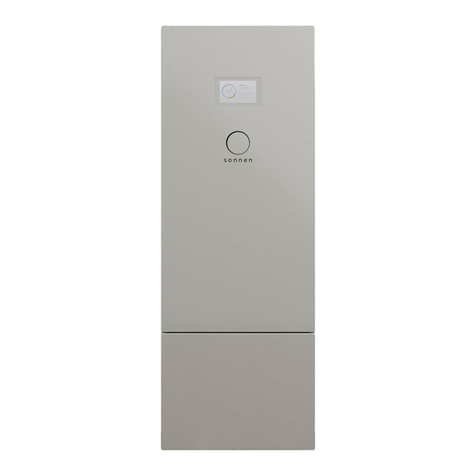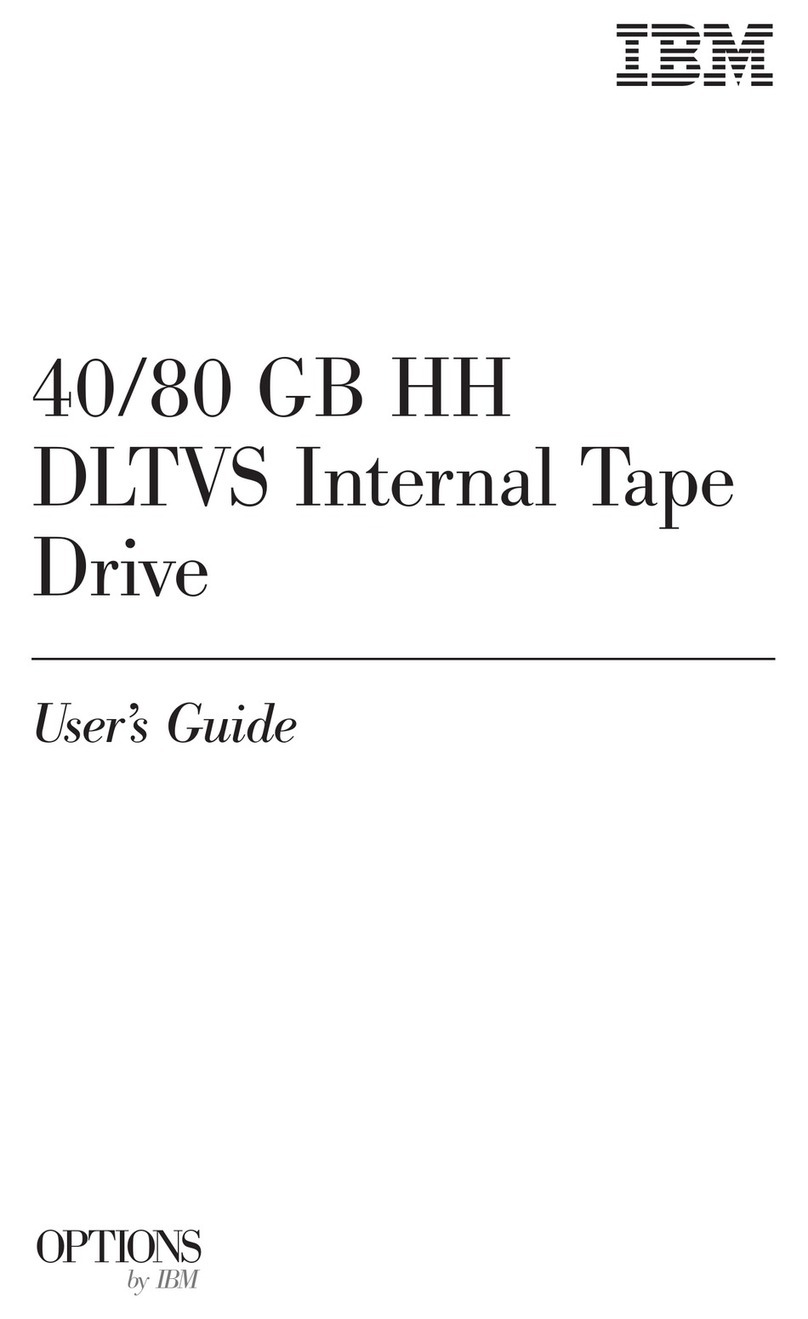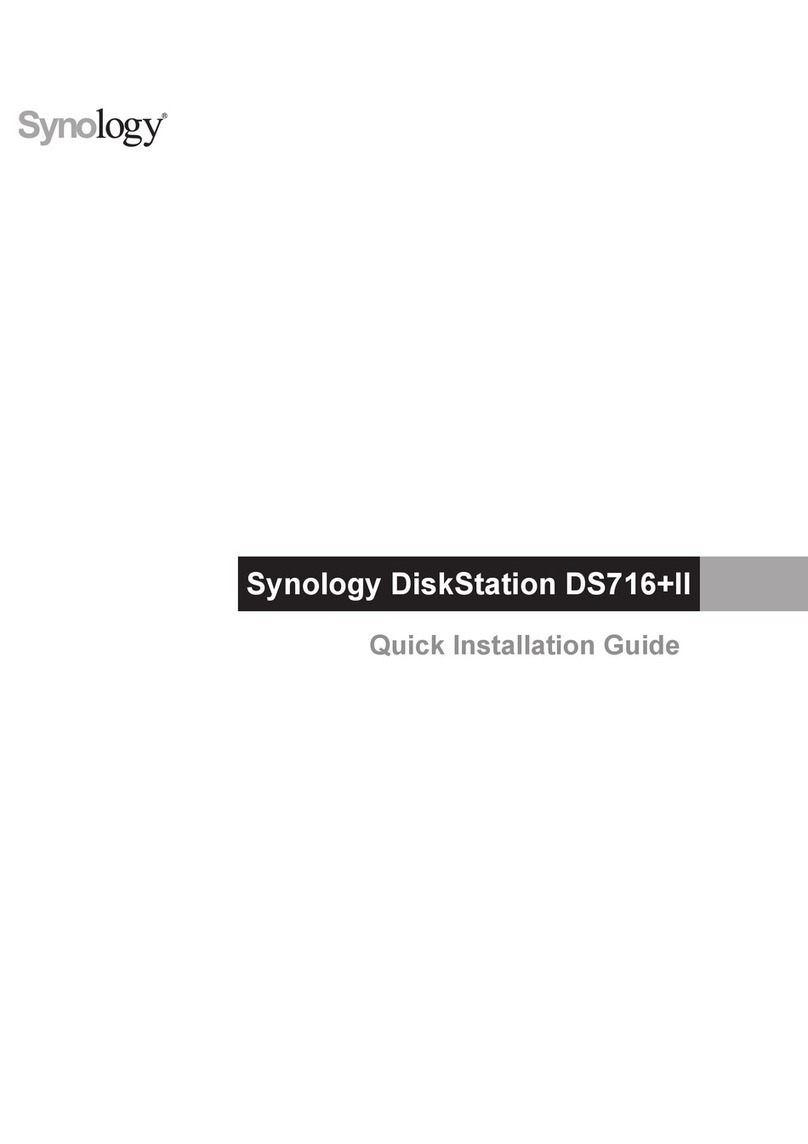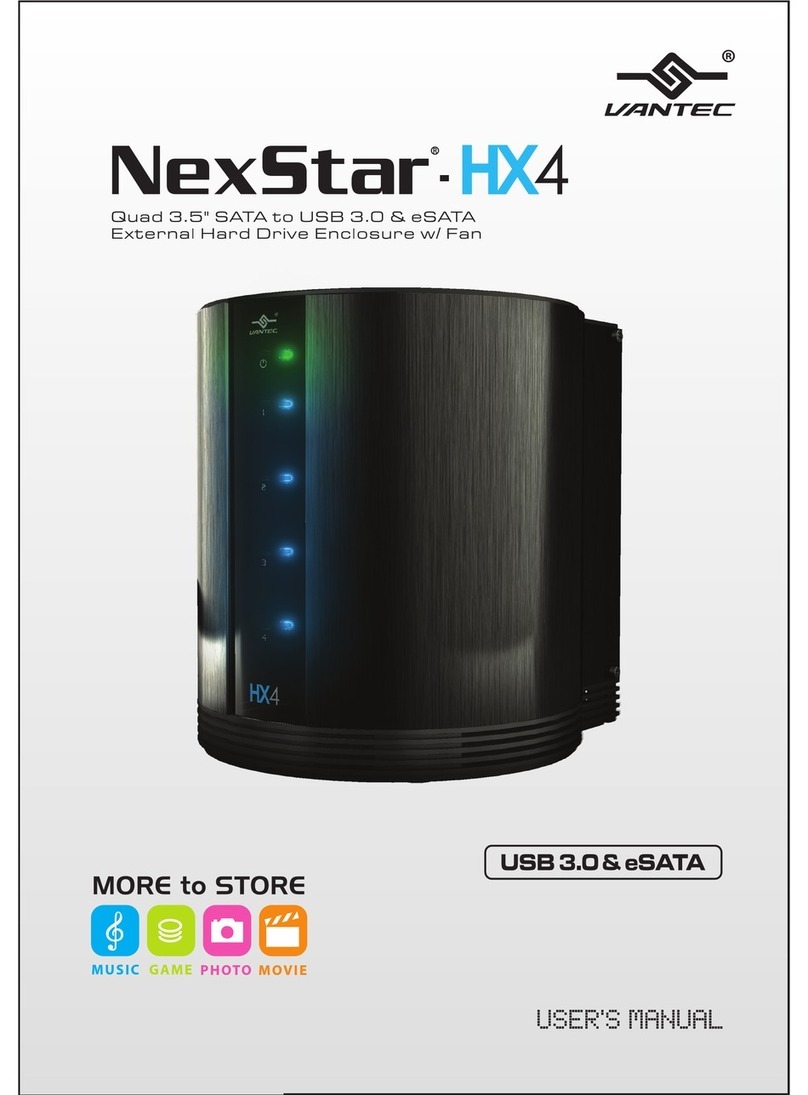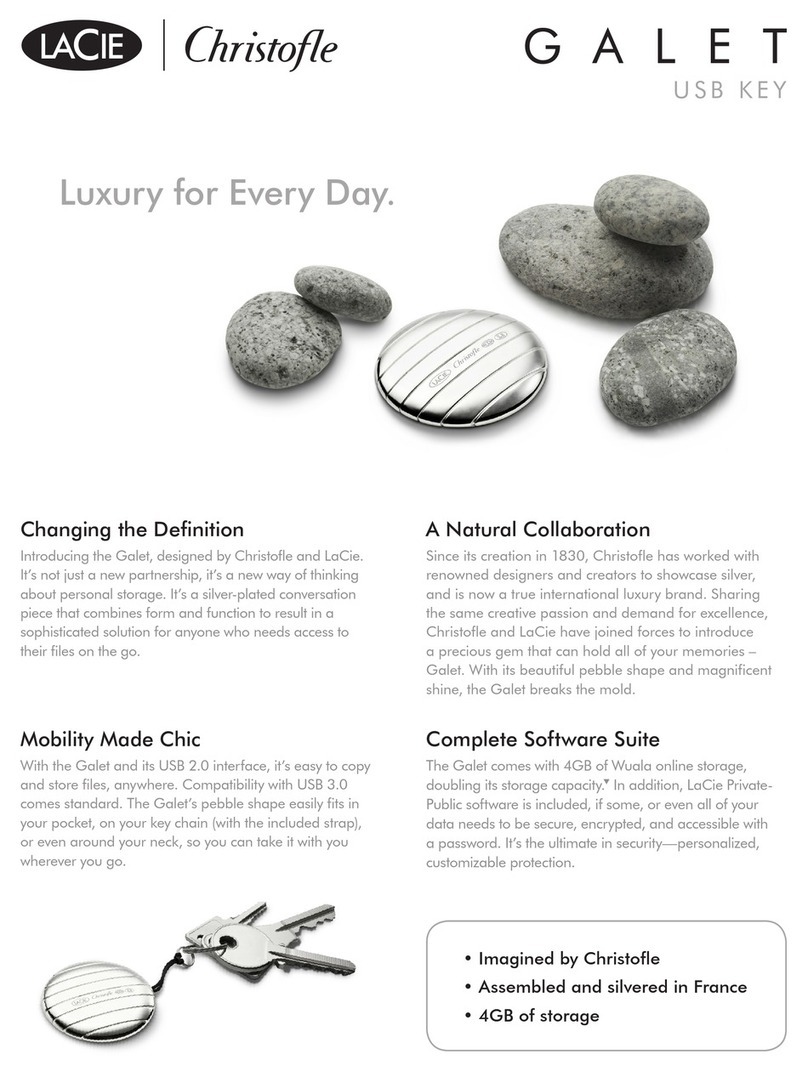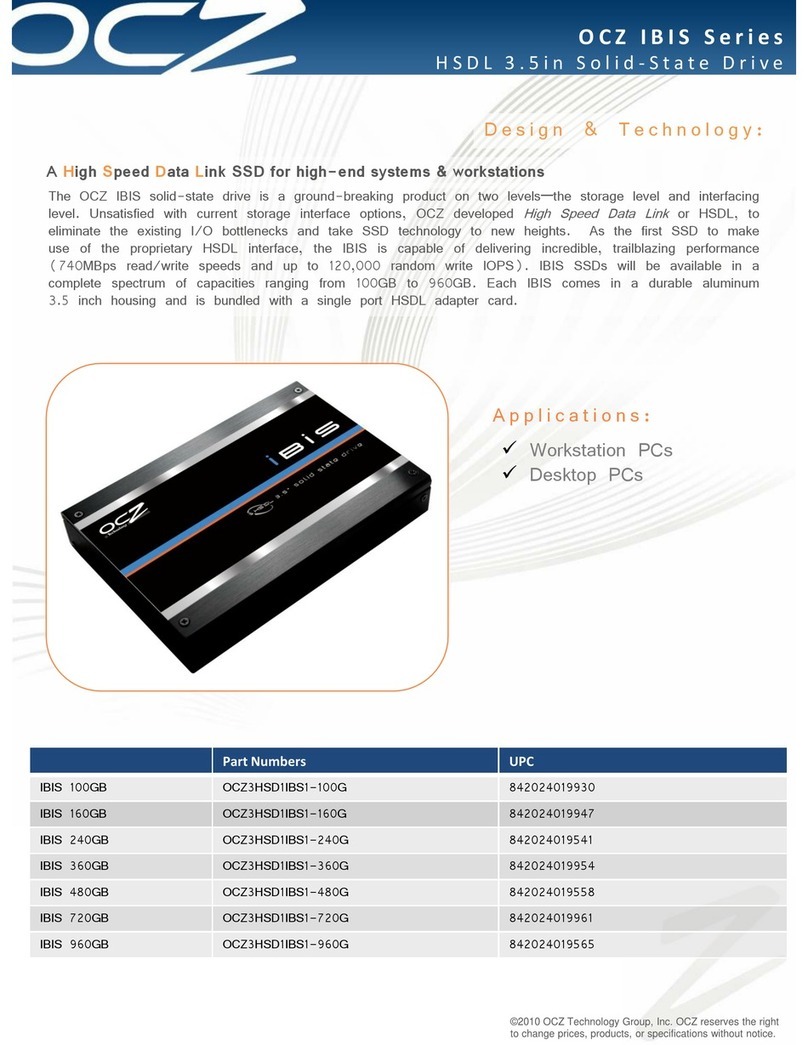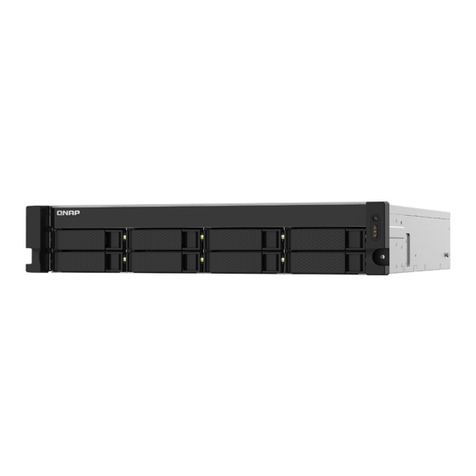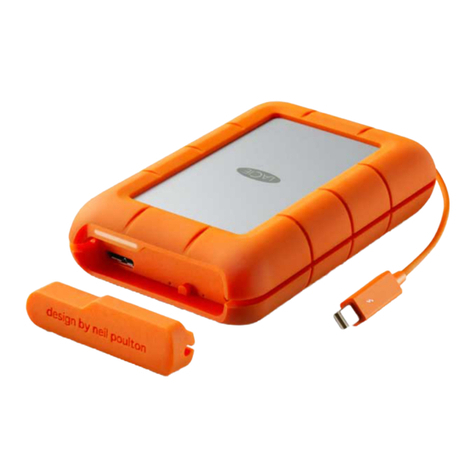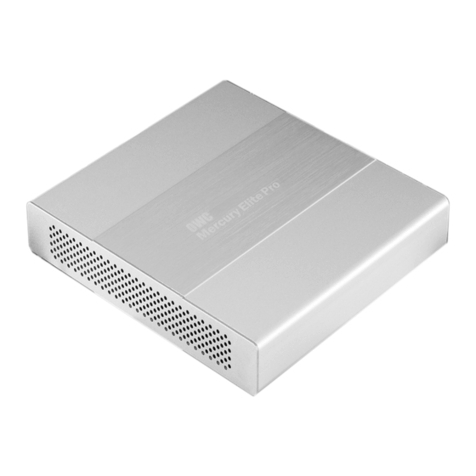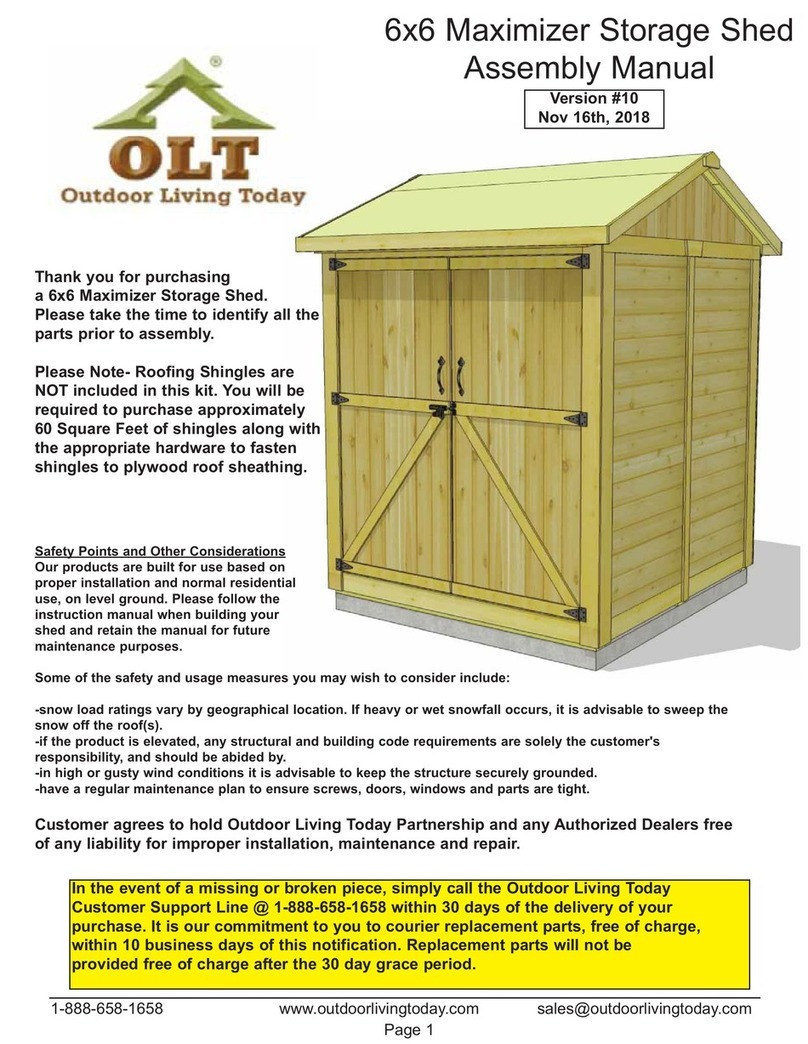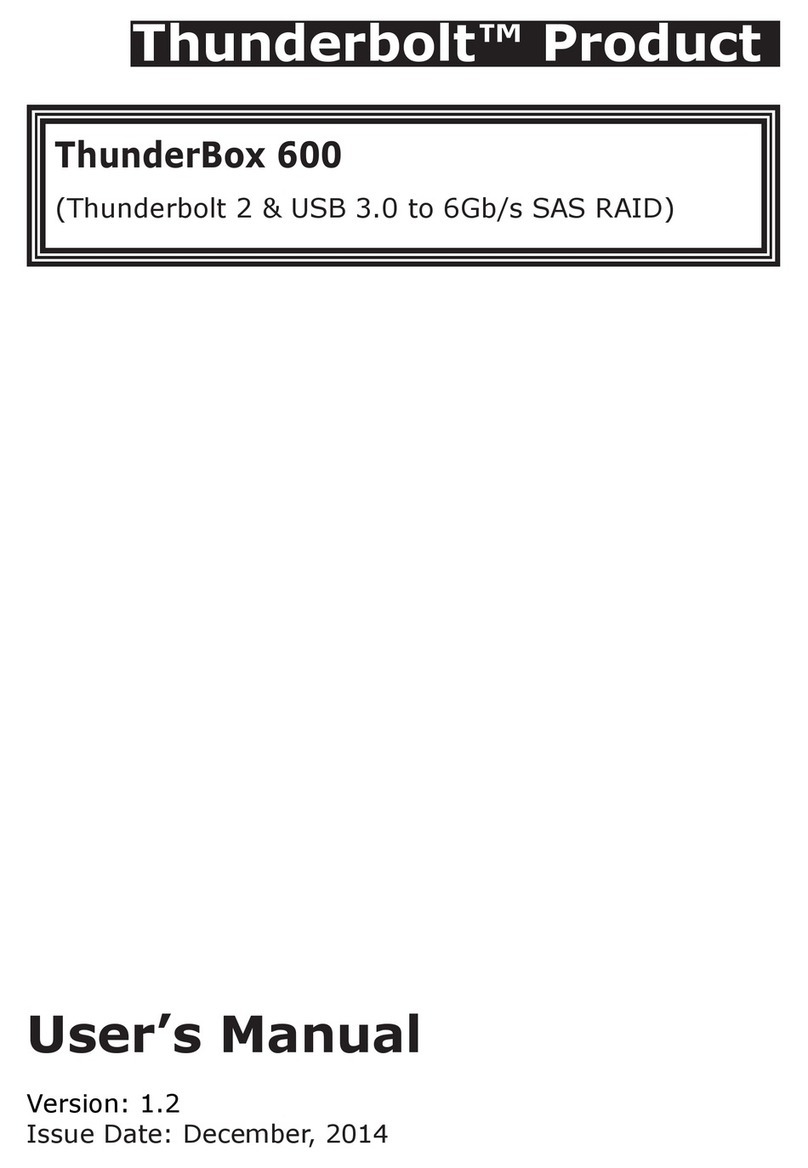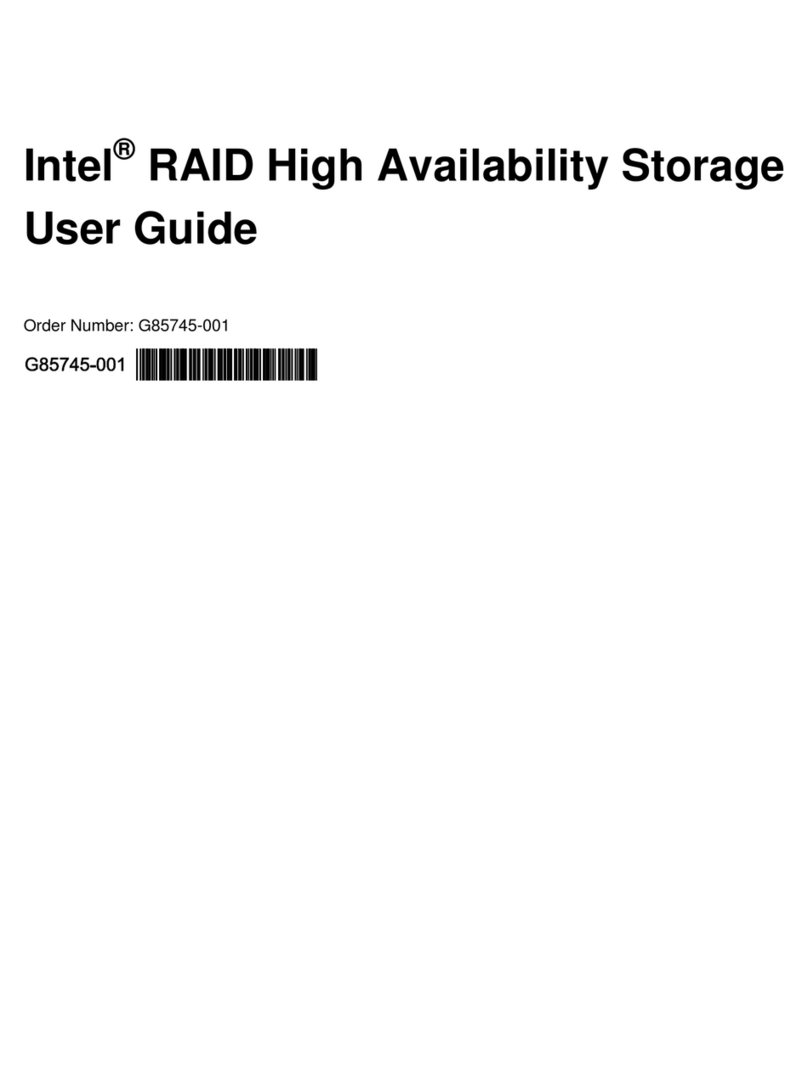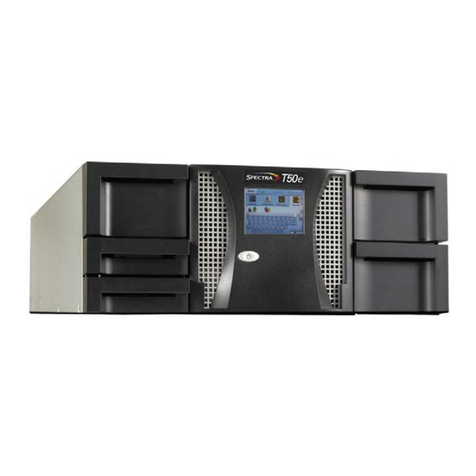Sonnen sonnenBatterie hybrid 9.53/5 User manual

Operating instructions | for operators
sonnenBatterie hybrid 9.53

Publisher
sonnen GmbH
Am Riedbach 1
D-87499 Wildpoldsried
Service number +49 8304 92933 444
Email [email protected]
Document
Document number 505
Part number 22356
Version X01
Valid for AU, NZ
Publication date 16/01/2019
102152587
IMPORTANT
Read this documentation carefully before installation / operation.
Retain this document for reference purposes.
EN
Operating instructions sonnenBatterie hybrid 9.53

Table of contents
KD-505 | 22356 | EN | X01 iii
Table of contents
1 Information about this document........................................................................................................ 5
1.1 Target group of this document ................................................................................................... 5
1.2 Designations in this document .................................................................................................... 5
1.3 Explanation of symbols................................................................................................................... 5
2 Safety.............................................................................................................................................................. 6
2.1 Intended Use......................................................................................................................................6
2.2 Operating the storage system..................................................................................................... 6
2.3 Product modifications or changes to the product environment.................................... 6
2.4 Voltage in and on the storage system....................................................................................... 7
2.5 Handling the battery modules ..................................................................................................... 7
2.6 Conduct in case of a fire................................................................................................................8
3 Product description................................................................................................................................... 9
3.1 Technical data....................................................................................................................................9
3.2 Type plate ............................................................................................................................................11
3.3 Symbols on the outside of the storage system .....................................................................11
3.4 Function..............................................................................................................................................12
3.4.1 Basic principle.....................................................................................................................12
3.4.2 Feed-in limit.........................................................................................................................13
3.4.3 Intelligent charging management ...............................................................................14
3.5 Function of the sonnen Eclipse..................................................................................................16
4 Switching on the storage system ........................................................................................................17
4.1 Switching on the grid voltage .....................................................................................................17
4.2 Switching on the PV disconnector SPV...................................................................................17
4.3 Switching on the fuse switch F1..................................................................................................17
5 Using the optional display......................................................................................................................19
5.1 Activating the display.....................................................................................................................19
5.2 Home screen.....................................................................................................................................19
6 Internet portal.......................................................................................................................................... 20
6.1 Logging into the internet portal............................................................................................... 20
6.2 Using the overview page............................................................................................................. 20
6.3 Using the status page................................................................................................................... 20
6.4 Using the control page..................................................................................................................21
6.5 Using the history page...................................................................................................................21
6.5.1 Elements of the power graph ...................................................................................... 22
6.5.2 Analysis of power diagram ............................................................................................23
6.5.3 Analysing pie charts.........................................................................................................24
6.6 Using the forecast page...............................................................................................................25
7 Maintenance...............................................................................................................................................26
7.1 Checking function..........................................................................................................................26
7.2 Cleaning .............................................................................................................................................26
8 Decommissioning..................................................................................................................................... 27
8.1 Switching the storage system off.............................................................................................27

Table of contents
iv Operating instructions sonnenBatterie hybrid 9.53
9 Troubleshooting........................................................................................................................................28
10 Uninstallation and disposal ...................................................................................................................29
10.1 Uninstallation....................................................................................................................................29
10.2 Disposal..............................................................................................................................................29
ANNEX ........................................................................................................................................................ 30
11 Manufacturer's Warranty sonnen Australia Pty Limited.............................................................31

Information about this document | 1
KD-505 | 22356 | EN | X01 5 / 36
1 Information about this document
This document describes the operation of the sonnenBatterie hybrid 9.53.
Read this document in its entirety.
Keep this document in the vicinity of the sonnenBatterie.
1.1 Target group of this document
This document is intended for the storage system operator.
1.2 Designations in this document
The following designations are used in this document:
Complete designation Designation in this document
sonnenBatterie hybrid 9.53 Storage system
1.3 Explanation of symbols
DANGER Extremely dangerous situation leading to certain death or serious injury if the
safety information is not observed.
WARNING Dangerous situation leading to potential death or serious injury if the safety
information is not observed.
CAUTION Dangerous situation leading to potential injury if the safety information is not
observed.
NOTICE Indicates actions that may cause material damage.
Important information not associated with any risks to people or property.
Symbol Meaning
►
Work step
1. 2. 3. … Work steps in a defined order
üCondition
• List
Table1: Additional symbols

2 | Safety
6 / 36 Operating instructions sonnenBatterie hybrid 9.53
2 Safety
2.1 Intended Use
The sonnenBatterie hybrid 9.53 is a battery storage system which can be used to store
electrical energy. Improper use of this system poses a risk of death or injury to the user or
third parties as well as damage to the product and other items of value. The following
points must therefore be observed in order to comply with the intended use of the prouct:
• The storage system must not be installed in any kind of combination.
• The storage system must be fully installed in accordance with the installation instruc-
tions.
• The storage system must be installed by a licensed electrician.
• The storage system is only allowed to be operated with PV generators of Class A rating
according to IEC 61730.
• The storage system must only be used at a suitable installation location.
• The transport and storage conditions must be observed.
Especially the following uses are not permissible:
• Operation in flammable environments or areas at risk of explosion.
• Operation in locations at risk of flooding.
• Operation outdoors.
• Operation of the battery modules outside of its storage system.
Failure to comply with the conditions of the warranty and the information spe-
cified in this document invalidates any warranty claims.
2.2 Operating the storage system
Incorrect operation can lead to injury to yourself or others and cause damage to property:
• The storage system must only be operated as described in the product documentation.
• This device can be used by children from the age of eight (8) years old and individuals
with impaired physical, sensory or mental capabilities or individuals with limited know-
ledge and/or experience of working with the device, as long as they are supervised or
have been trained to safely use the device and understand the resulting risks of doing so.
Children must not play with the device. Cleaning and user maintenance must not be car-
ried out by children without supervision.
2.3 Product modifications or changes to the product environment
• Only use the storage system in its original state - without any unauthorised modifica-
tions - and when it is in proper working order.
• Safety devices must never be overridden, blocker or tampered with.
• The interfaces of the storage system must be wired in accordance with the product doc-
umentation.
• An appropriate and readily accessible disconnect device shall be incorporated in the
fixed wiring.

Safety | 2
KD-505 | 22356 | EN | X01 7 / 36
• All repairs on the storage system must be performed by authorised service technicians
only.
• The replacement of battery modules must be performed by authorised service techni-
cians only. When replacing batteries, replace with the same type and number of batter-
ies or battery modules.
2.4 Voltage in and on the storage system
The storage system contains live electrical parts, which poses a risk of electrical shock.
Therefore:
Do not open the storage system.
The plug-in connectors on the top side of the storage system are directly connected to
the PV generator of the PV system. This means, there is voltage present on the PV plug-in
connectors when the PV system generates electricity, even if the PV disconnector has
been switched off.
Therefore:
Do not disconnect the PV plug-in connectors at the top of the storage system.
2.5 Handling the battery modules
The battery modules installed in the storage system are protected by multiple protective
devices and can be operated safely. Despite their careful design, the battery cells inside
the battery modules may corrode or experience thermal runaway in the event of mechan-
ical damage, heat or a fault.
This can have the following effects:
• High heat generation on the surface of the battery cells.
• Electrolyte may escape.
• The escaping electrolyte may ignite and cause an explosive flame.
• The smoke from burning battery modules can irritate the skin, eyes and throat.
Therefore, proceed as follows:
Do not open the battery modules.
Do not mechanically damage the battery modules (pierce, deform, strip down, etc.)
Do not modify the battery modules.
Do not allow the battery modules to come into contact with water (except when extin-
guishing a fire in the storage system).
Do not heat the battery modules. Operate them only within the permissible temperat-
ure range.
Keep the battery modules well away from sources of ignition.
Do not short-circuit the battery modules. Do not allow them to come into contact with
metal.
Do not continue to use the battery modules after a short circuit.
Do not deep-discharge the battery modules.
In the event that module contents are released:
Do not enter the room under any circumstance.
Avoid contact with the escaping electrolyte.

2 | Safety
8 / 36 Operating instructions sonnenBatterie hybrid 9.53
Contact the fire services.
2.6 Conduct in case of a fire
Fire may occur with electrical equipment despite its careful design. Likewise, a fire in the
vicinity of the equipment can cause the storage system to catch fire, releasing the con-
tents of the battery modules.
In the event of a fire in the vicinity of the product or in the storage system itself, proceed
as follows:
Only firefighters with appropriate protective equipment (safety gloves, safety clothing,
face guard, breathing protection) are permitted to enter the room where the burning
storage system is located.
There is a danger of electrocution when extinguishing fire while the storage system is
switched on. Therefore, before starting to extinguish the fire:
Switch off the storage system to electrically isolate it.
Switch off the mains fuses in the building.
If the storage system and/or mains fuses cannot be safely switched off:
Observe the minimum distances specified for the extinguishing agent used. The stor-
age system works with an output voltage of 230 V (AC) and is therefore considered a
low-voltage system. However, the voltage of the PV system that is connected to the
storage system (through the PV connectors on the top of the storage system) can be
up to 750 V (DC).
• A storage system fire can be extinguished using conventional extinguishing agents.
• Water is recommended as an extinguishing agent in order to cool the battery modules
and therefore prevent thermal runaway in battery modules which are still intact.
Information on the battery modules:
• The battery modules have a nominal voltage of 48 V (DC) and therefore fall into the
range of protected extra-low voltage (under 60 V DC).
• The battery modules do not contain metallic lithium.

Product description | 3
KD-505 | 22356 | EN | X01 9 / 36
3 Product description
3.1 Technical data
sonnenBatterie hybrid 9.53/2,5 9.53/5 9.53/7,5 9.53/10 9.53/12,5 9.53/15
System data (AC)
Nominal voltage 230 V
Nominal frequency 50 Hz
Nominal power 4,600 W
Nominal current 20 A
Charging / Discharging power 1,100 W 2,500 W 3,300 W 3,300 W 3,300 W 3,300 W
Charging / Discharging current 4.8 A 10.9 A 14.3 A 14.3 A 14.3 A 14.3 A
Power factor range 0.9 cap. ... 0.9 ind.
Max. Impedance (Zmax) 0,19 Ω + j0,12 Ω
Current (Max. continous) 20 A
Max. output fault current 120 mA
Inrush current 0 A
Mains connection single-phase, L / N / PE
Max. ext. overcurrent protection 25 A, 1ph
Mains topology TN / TT
Mains connection fuse Miniature circuit breaker | Type B | 20 - 25 A
Photovoltaic (PV) input (DC)
Number of PV inputs / MPP
Tracker
2
Min. input voltage 75 V
Max. input voltage 750 V
Initial input voltage 100 V
MPP voltage range 75 V ... 600 V
Max. input power 6,500 W
Max. input current 13 A
Backfeed current to array 0 A
Short-circuit current (ISC) 15 A
Battery data (DC)
Cell technology lithium iron phosphate (LiFePO4)
Max. capacity 2.5 kWh 5.0 kWh 7.5 kWh 10.0 kWh 12.5 kWh 15.0 kWh
Usable capacity 2.25 kWh 4.5 kWh 6.75 kWh 9.0 kWh 11.25 kWh 13.5 kWh
Nominal voltage 48 V
Current (Max. continous) 75 A
Short-circuit current(ISC) 90 A
Min. number of battery modules 1

3 | Product description
10 / 36 Operating instructions sonnenBatterie hybrid 9.53
Max. number of battery modules 6
Dimensions / weight without extension cabinet (from 2.5 up to 5 kWh)
Dimensions (H/W/D) in cm 88/67/23 - - - -
Weight in kg 58 81 - - - -
Dimensions / weight with small extension cabinet (from 2.5 up to 10 kWh)
Dimensions (H/W/D) in cm 137/67/23 - -
Weight in kg 74 97 120 143 - -
Dimensions / weight with big extension cabinet (from 2.5 up to 15 kWh)
Dimensions (H/W/D) in cm 186/67/23
Weight in kg 85 108 131 154 154 200
Safety
Protection class I / PE conductor
Required fault current monitoring Residual current device (RCD) | Type B | 30 mA
Degree of Protection IP30
Rated short-withstand cur-
rent(ICW)
10 kA
Separation principle PV -> AC no galvanic isolation, transformer-less
Separation principle Batt. -> AC galvanic isolation (functional insulation)
Power meter
Voltage measurement inputs Nominal voltage (AC): 230 V (L-N), 400 V (L-L) | max. connectible conductor
cross-section: 1.5 mm²
Clamp-on current transformer Max. measurable current: 60 A (standard), optional up to 400 A
Ambient conditions
Environment Indoor (conditional)
Ambient temperature range1-5 °C ... 45 °C
Storage temperature range 0 °C ... 40 °C
Transport temperature range -15 °C ... 50 °C
Max. rel. humidity 90 %, non-condensing
Permissible installation altitude 2,000 m above sea level
Pollution degree 2
Additional ambient conditions:
• The installation location must not be at risk of flooding.
• Installation room should be ventilated.
• The currently applicable building codes must be observed.
• Even floor, suitable for heavy loads.
• Observe fire control standards.
• Free from corrosive and explosive gases (ammonia content max. 20 ppm).
• Free from dust (especially flour dust or sawdust).
• Free from vibrations.
1 Optimal: 5 °C … 30 °C | Derating possible below 5 °C / above 30 °C.

Product description | 3
KD-505 | 22356 | EN | X01 11 / 36
• Free access to the installation location.
• No direct sunlight.
3.2 Type plate
The type plate for the storage system is located on the outer surface of the system. The
type plate can be used to uniquely identify the storage system. The information on the type
plate is required for the safe use of the system and for service matters.
The following information is specified on the type plate:
• Item designation
• Item number
• Technical data of the storage system
3.3 Symbols on the outside of the storage system
Symbol Meaning
Warning: flammable materials.
Warning: hazards due to batteries.
Warning: electrical voltage.
5 min
Warning: electrical voltage. Wait five minutes after switching off (capacitor
de-energising time).
Warning: Equipment with multiple sources of supply (PV generator, AC mains
and battery).
kg
Warning: product is heavy.
CE mark. The product meets the requirements of the applicable EU directives.

3 | Product description
12 / 36 Operating instructions sonnenBatterie hybrid 9.53
WEEE mark. The product must not be disposed of in household waste; dispose
of it through environmentally friendly collection centres.
Observe the documentation. The documentation contains safety information.
3.4 Function
3.4.1 Basic principle
5
2
1
3
4
Illustration1: sonnenBatterie function
1 PV system 2 Storage system
3 Consumers in building (e.g. washing
machine, hob, lamps, refrigerator, etc.)
4 Measurement of consumption
5 Public electrical mains
The storage system (2) is connected to the PV system (1) and the public electrical mains
(5). Furthermore the current consumption of the consumers in the building (3) is con-
stantly measured (4).
Generation > Consumption
If the generation of power is greater than the consumption, there is a surplus of electrical
energy. In this case as much as possible of this surplus is used to charge the battery of the
storage system.
If the entire portion of the surplus can not be charged into the battery, the remaining sur-
plus is fed into the public electrical grid.

Product description | 3
KD-505 | 22356 | EN | X01 13 / 36
Consumption > Generation
If the consumption is greater than the generation of power, there is a deficit of electrical
energy. In this case the battery is discharged to even out as much of the deficit as possible.
If the entire deficit can not be compensated by discharging the battery, the remaining de-
ficit is covered by the public electrical grid.
3.4.2 Feed-in limit
PV systems are subject to a feed-in limit in some circumstances. The feed-in limit restricts
the PV system’s feed-in power at the mains connection point.
Example
Nominal power of PV system: 10 kWp
Power limit: 50%
Maximum feed-in power: 5 kW
In this example, the feed-in power of 5kW must not be exceeded. The following figure
shows an example of the PV system’s production over the course of a day.
50%
P
t
1
4
3
2
12:00
Illustration2: Example: feed-in limit at 50% of
nominal power
1 Charging of storage system
2 Switch-on of consumers via
self-consumption switch
3 Switch-on of consumers via
sonnenSmart plug
4 Midday peak, which must not be
fed into the electrical mains
To prevent production reduction – and therefore
energy loss – the excess energy is first stored in the
storage system(1) and consumption is increased by
switching on consumers(2,3). Production is only
reduced if these measures do not lead to the de-
sired limit.
Measures for limiting feed-in are explained in detail in the following. The individual meas-
ures are carried out one after the other. Only when one measure does not achieve the de-
sired reduction is the next measure introduced.
1. Charging of battery
Excess energy is directed to the storage system battery. In order for this to occur, there
must be sufficient storage capacity available in the battery. For this reason, on sunny days
it is often a good idea to reduce the charging power in the morning hours in order to re-
serve sufficient remaining capacity of the battery for midday. The charging behaviour is in-
telligently controlled for this purpose (see Intelligent charging management [P.14]).
2. Activation of the self-consumption switch
Consumers connected to the permanently wired switch output are switched on here.

3 | Product description
14 / 36 Operating instructions sonnenBatterie hybrid 9.53
3. Switch-on of consumers (via sonnenSmart plug)
The consumers are activated as soon as the feed-in limit is exceeded. The consumers are
deactivated again once the level has dropped below the limit and stayed there for at least
three minutes.
4. Reduction of PV power
Production is reduced via an integrated switch contact on the inverter. This limited the PV
inverter to a set power output. In order for this to occur, the inverter must support power
reduction using a switch contact or an external solution (e.g. a solar datalogger). Configur-
ation and connection are carried out by the electrician.
3.4.3 Intelligent charging management
The charging behaviour of the storage system is controlled via intelligent charging man-
agement. The aims of this intelligent control are as follows:
• Storage of the midday peak in the storage system (sufficient storage capacity must still
be available for this)
• Full charging of the storage system until evening (so there is sufficient energy for night-
time)
The intelligent charging management only takes effect in storage systems which are oper-
ated together with PV systems for which a feed-in limit is activated.
Functional principle of intelligent charging management
The storage system is connected to a server via the internet. This server creates a con-
sumption and production forecast for the individual hours of the day in question. The pro-
duction forecast is based on
• the weather forecast,
• the nominal power of PV system and
• the orientation of the PV system.
The consumption forecast is calculated based on actual consumption from the previous
week.
P
t
50%
12:00 14:00 16:00
10:00
8:00
6:00
0 kW
2 kW
4 kW
6 kW
8 kW
10 kW
Illustration3: Production forecast (yellow) and
consumption forecast (blue)
The figure on the left shows an example of a pro-
duction and consumption forecast. In this example,
an average consumption of 0.5kW and a produc-
tion of approx. 9kW are calculated for the time
between 10 and 11a.m.

Product description | 3
KD-505 | 22356 | EN | X01 15 / 36
P
t
50%
12:00 14:00 16:00
10:00
8:00
6:00
0 kW
2 kW
4 kW
6 kW
8 kW
10 kW
Illustration4: Forecast surplus
Subtracting the consumption (blue) from the pro-
duction (yellow) gives you the forecast surplus
(8.5kW in this example). The consumption bars
have been placed on top of the production bars in
the diagram.
In this example, feeding in the entire surplus at midday would lead to the feed-in limit (of
5kW) being exceeded. For this reason it is ideal if as much of the energy surplus as possible
exceeding the feed-in limit is used to charge the battery.
P
t
50%
12:00 14:00 16:00
10:00
8:00
6:00
0 kW
2 kW
4 kW
6 kW
8 kW
10 kW
Illustration5: Charging behaviour without in-
telligent charging management
yellow forecast production
blue forecast consumption
green charging of storage system
Without intelligent charging management, the stor-
age system would immediately use the surplus to
charge the battery (until the maximum charging
power is reached). In this example, this behaviour
would result in the storage system being fully
charged before midday, meaning that the surplus
exceeding the feed-in limit after this point would
no longer be able to be stored in the battery.
To stay within the Feed-in limit [P.13], the power of the PV system would need to be re-
duced. This would lead to an energy loss and therefore also a financial loss. Intelligent char-
ging management attempts to avoid fully charging the battery too early. To this end, the
storage system receives a charging plan for the day early in the morning from the server.
P
t
50%
12:00 13:00 14:00 15:00 16:00 17:0011:0010:00
9:008:00
7:006:00
10 kW
9 kW
8 kW
7 kW
6 kW
5 kW
4 kW
3 kW
2 kW
1 kW
0 kW
P
t
50%
12:00 14:00 16:00
10:00
8:00
6:00
0 kW
2 kW
4 kW
6 kW
8 kW
10 kW
Illustration6: Charging behaviour with intelli-
gent charging management
yellow forecast production
blue forecast consumption
green charging of storage system
In this example, charging of the storage system is
avoided in the morning hours. At midday the stor-
age system is charged only enough so that the
feed-in limit can be observed.
Intelligent charging management adaptation
After commissioning the intelligent charging management system has to adapt to condi-
tions on site. The production forecast, for example, depends on the weather forecast and
the orientation, roof angle, shading, etc. of the PV system.

3 | Product description
16 / 36 Operating instructions sonnenBatterie hybrid 9.53
The consumption forecast depends on individual consumption and the electrical con-
sumers in use.
Statistical consumption and production data is required in order for intelligent charging
management to take these complex factors into account. Since none of this necessary in-
formation exists immediately after the storage system is installed, this data must first be
collected. For this reason, intelligent charging management requires approx. seven days
for calibration. During this time the charging behaviour may not be ideal. After these seven
days have passed, intelligent charging management will have adapted to match your indi-
vidual consumption and production profile.
Intelligent charging management limits
The effectiveness of intelligent charging management depends on how accurate the pro-
duction and consumption forecasts are.
• An incorrect weather forecast results in an incorrect production forecast.
• The consumption forecast depends on consumption from the previous week. Drastically
fluctuating consumption therefore negatively impacts the quality of the consumption
forecast. The more consistent the consumption, the more accurate the consumption
forecast.
3.5 Function of the sonnen Eclipse
The sonnen Eclipse (light ring in the sonnen logo on the front of the storage system) indic-
ates the current status of the storage system when it is switched on.
The following operating statuses may be indicated:
Colour Mode Operating status
White Pulsing Storage system is in normal operation.
Green Pulsing The connection to the public electrical grid is interrupted. If there is still
no connection to the public grid after about five minutes, the sonnen
Eclipse switches off.
For storage systems with emergency power function only*: storage sys-
tem is in emergency operation.
Orange Pulsing No internet connection.
For storage systems with emergency power function only*: an overload
has been detected in emergency operation.
Red Constant Problem detected.
Contact the installer of the storage system or the sonnen service
team!
*Optional accessories sonnenProtect or sonnenBackup-Box.
Further troubleshooting procedures can be found in the Troubleshooting [P.28] section.

Switching on the storage system | 4
KD-505 | 22356 | EN | X01 17 / 36
4 Switching on the storage system
The storage system can only be switched on if the public network voltage has
been switched on first.
4.1 Switching on the grid voltage
Switch on the grid voltage using the AC miniature circuit breaker.
4.2 Switching on the PV disconnector SPV
The PV disconnector (SPV) makes the connection between the PV system and the in-
verter.
I
0SPV
Illustration7: Switching SPV on
Switch the PV disconnector (SPV) on.
If there are external DC isolating switches:
Switch these on too.
4.3 Switching on the fuse switch F1
NOTICE If the storage system can’t be switched on:
Do not attempt switching on the storage system more than three times.
Contact the service!
ðFurther attempts can damage the battery modules.
Fuse switch F1 establishes the connection between the battery and the inverter.
off off off
F1
ON
OFF
I
O
ON
OFF
I
O
ON
OFF
I
O
Illustration8: Fuse switch F1 at the top side of
the storage system
Switch on fuse switch F1.

4 | Switching on the storage system
18 / 36 Operating instructions sonnenBatterie hybrid 9.53
The storage system then starts up and performs a self-test. Once the self-test is success-
ful, the storage system is ready to operate.
When the storage system has started up and is running in normal operation, the sonnen Ec-
lipse pulses white (see Function of the sonnen Eclipse [P.16]).

Using the optional display | 5
KD-505 | 22356 | EN | X01 19 / 36
5 Using the optional display
The storage system is not delivered with a display as standard. Retrofitting the
display is not possible.
The installed display is a multi-touch screen. It can be controlled with movements of the
hand (like a standard smartphone).
5.1 Activating the display
When the display is not touched for a longer period of time, the screen goes dark.
Touch the display anywhere to reactivate the screen.
5.2 Home screen
The home screen displays the most important current data for the storage system.
72
%
14
%
BEZOGEN
Ladezustand
86
%
AUTARKIE
innerhalb der letzten 7 Tage
6 kWh Batterie
1
2
34
5
Illustration9: Home screen
No. Description
1 Self-sufficiency. Indicates the proportion of total consumption over the last 7 days which
was self-generated.
2 Usage. Indicates the proportion of total consumption over the last 7 days which was
drawn from the public grid.
3 Stage of charge of the storage system. Indicates the proportion of total capacity that is
currently available.
4 Total capacity. Indicates the power that can be taken from a fully charged battery.
5 Main menu button.
Press the button to switch to the main menu.
Table2: Description of the home screen components

6 | Internet portal
20 / 36 Operating instructions sonnenBatterie hybrid 9.53
6 Internet portal
You can access current and saved data for your storage system on the internet portal.
6.1 Logging into the internet portal
To log into the internet portal, proceed as follows:
1. Enter the following web address in the browser:
https://my.sonnen-batterie.com
2. The login window opens, as shown on the left.
3. Enter your access data, which was provided as
part of the scope of delivery.
4. Click on the Log in button.
6.2 Using the overview page
The overview page shows a summary of all of the
information which can be seen on the portal.
You can click on the status, control, history
and forecast buttons in order to open the
specific page.
6.3 Using the status page
The status page shows the following current
measured values:
• Current generation
• Current consumption
• Current usage/current feed-in
• Current charging status
Other manuals for sonnenBatterie hybrid 9.53/5
1
This manual suits for next models
5
Table of contents
Other Sonnen Storage manuals

Sonnen
Sonnen sonnenBatterie eco 8.0 User manual
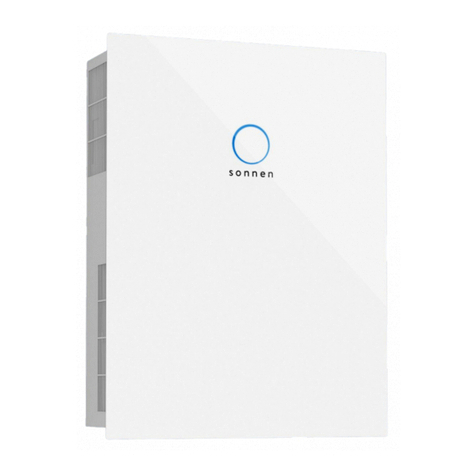
Sonnen
Sonnen sonnenBatterie eco 8.0/2,5 User manual

Sonnen
Sonnen sonnenEvo User manual

Sonnen
Sonnen sonnenBatterie hybrid 9.53 User manual
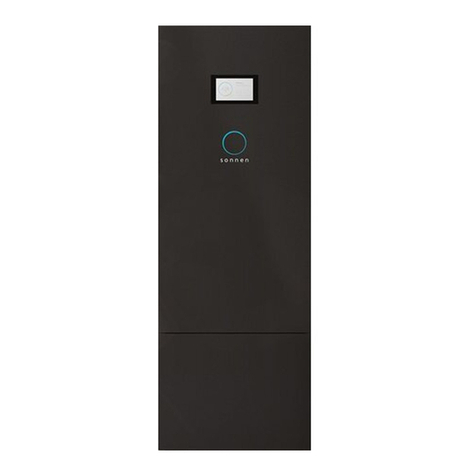
Sonnen
Sonnen sonnenBatterie ecoLinx 10 User manual
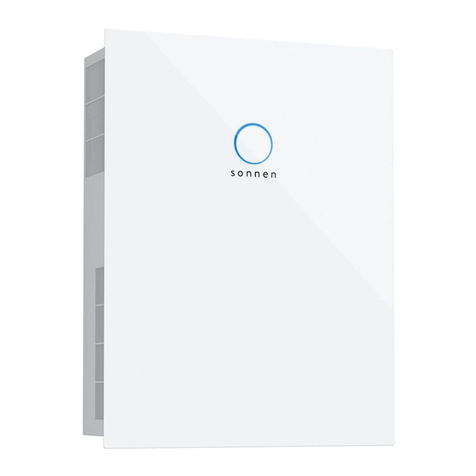
Sonnen
Sonnen sonnenBatterie hybrid 9.53/5 User manual
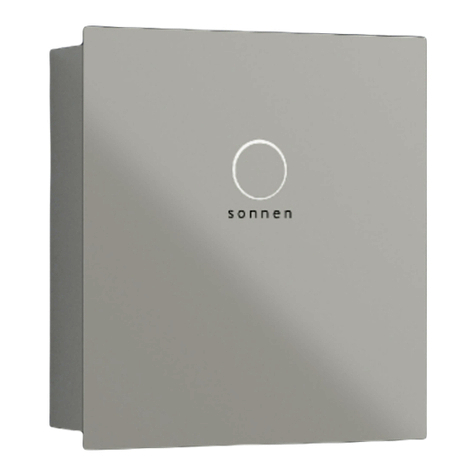
Sonnen
Sonnen sonnenBatterie hybrid 8.1/6 User manual
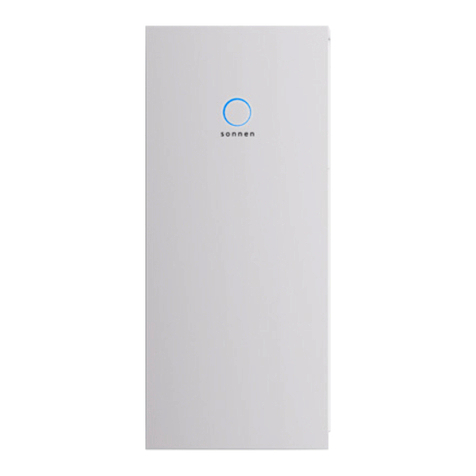
Sonnen
Sonnen sonnenBatterie 10 User manual
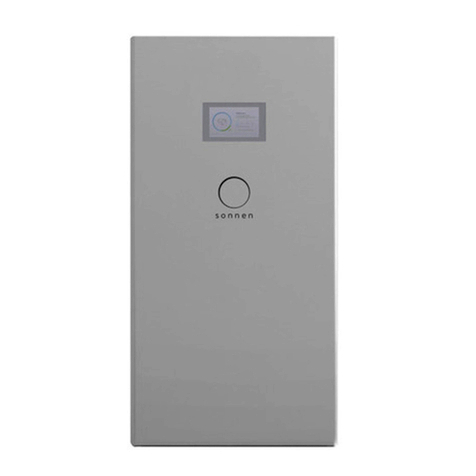
Sonnen
Sonnen eco Gen 3.1 Series Guide
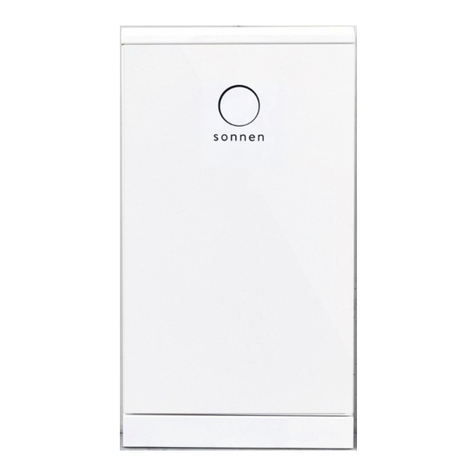
Sonnen
Sonnen sonnenBatterie Evo User manual


